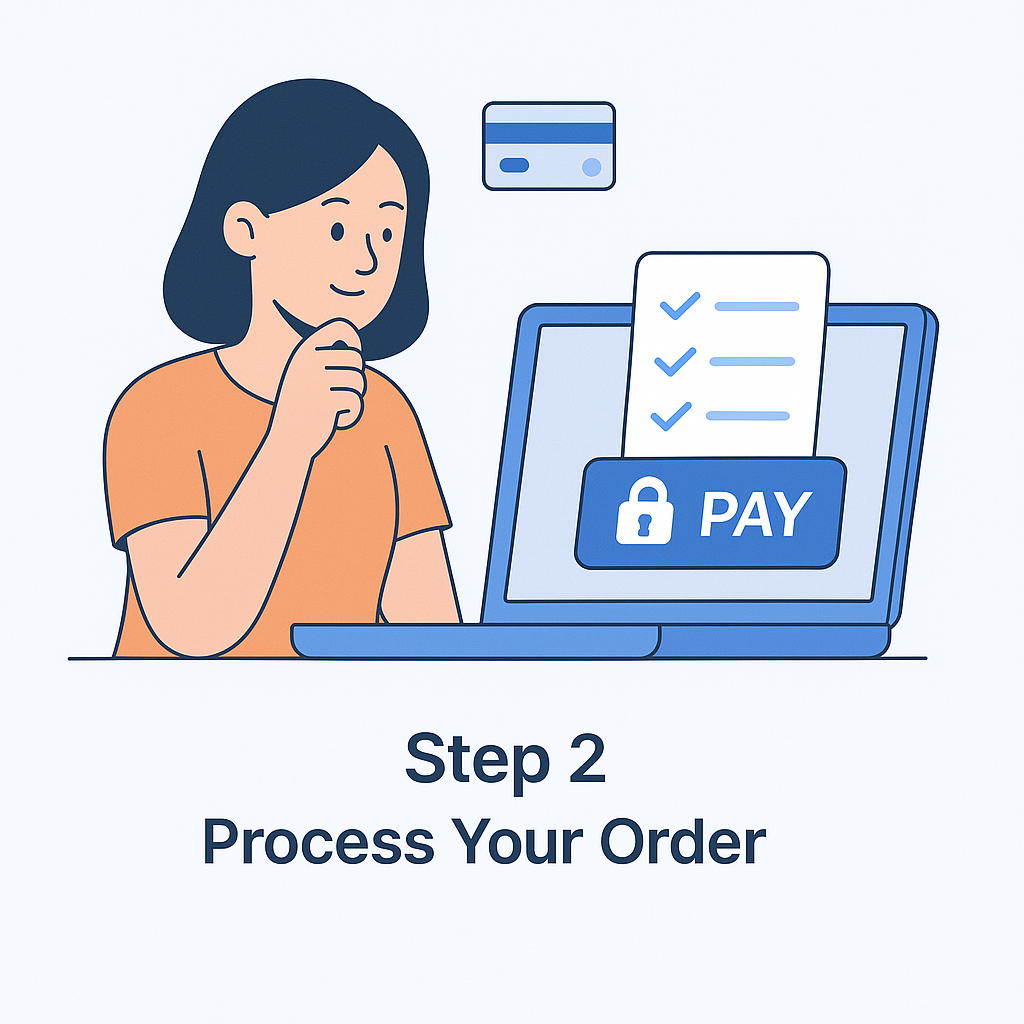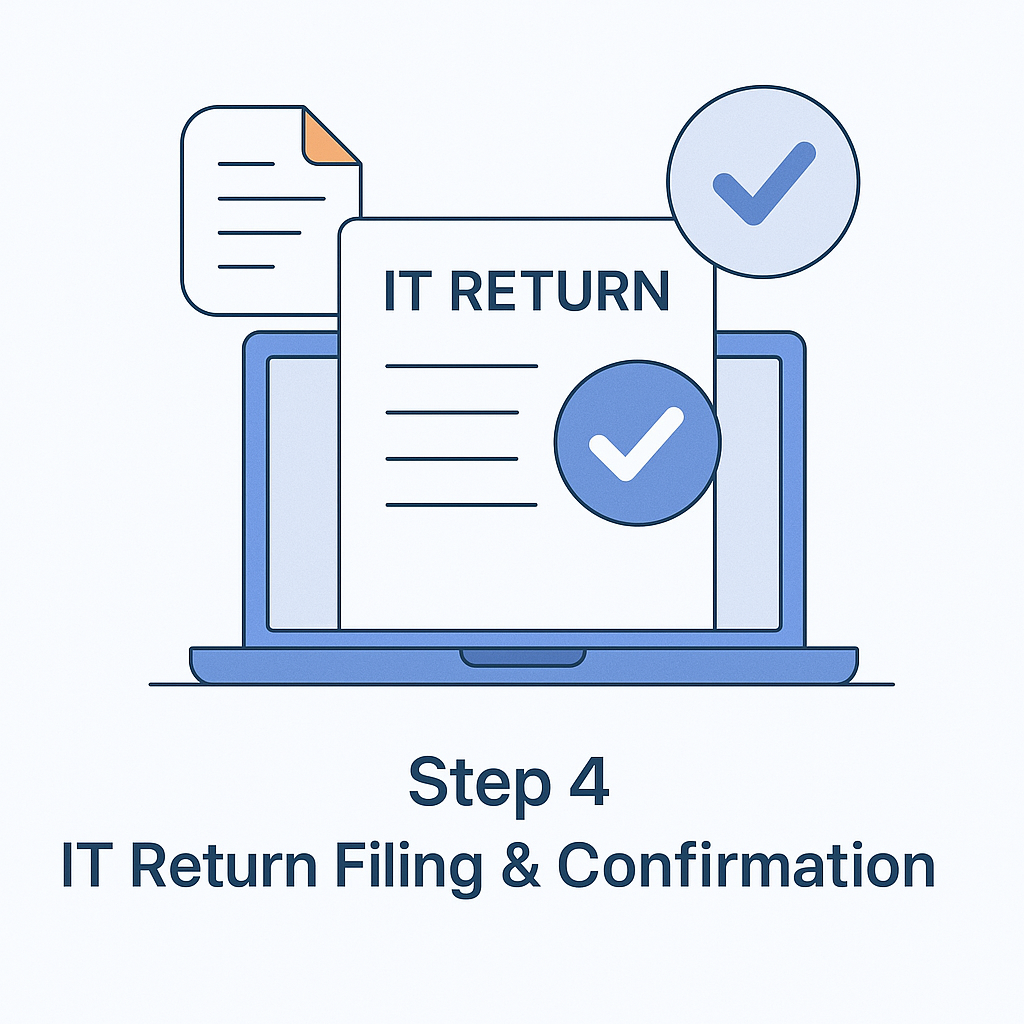Learning GST compliance laws and its Terms and Conditions
GST or Goods and Service Tax have been implemented across India from 1st July 2017. Any representative or business entity that is enrolled under any current tax administration is required to get enrolled under GST. GST has substituted all other taxes. After the implementation of GST, most of the indirect tax has come to an end, some of which were central excise duty, service tax, central sales tax, purchase tax, entertainment tax and tax on lotteries.
Accounts and Records Maintained Under GST Law Get Details
The current threshold limit by GST Council is Rs. 10 Lakhs for North–Eastern states and for the rest of India the current threshold limit is Rs. 20 Lakhs. GST has removed most of the indirect taxes and combined them in different tax slabs under the GST regime. By doing this GST has removed the difficulties in doing business, thus providing a hassle-free taxation system for doing business. GST is not an alien concept, it is already in practice in around 160 countries around the world. It is expected that it will boost up the GDP of the country to about 1-2% and will reduce the cost of input by 10%. Basic Customs Duty, property tax, alcohol, tobacco, and petroleum are kept away from the purview of GST. A person without GST registration can neither collect GST from his customers nor claim Input Tax Credit on GST paid by him.
GST Applicability Factors
GST is applicable based on the following criteria
- Any person who makes interstate supply of goods and services.
- Suppliers who supply goods and services for values more than Rs. 20 Lakhs in a financial year.
- An individual who conducts his/her business online and every e-commerce operator.
- Aggregators who supply services under their own brand name.
- Casual and non-taxable person.
- A person who is required to deduct and collect tax (TDS/TCS).
- Input Service Distributors.
- People who supply online information and database access from a place outside India to a person in India, other than a registered taxable person.
- An individual who is supplying goods on behalf of another taxable person.
Get GST Solutions for your Business
- Seamless Migration to GST
- Expert Assistance over Chat and Email

GST Structure as Per GST Law
GST has substituted all other taxes like Central Excise Duty, Service Tax, Central Sales Tax, State VAT, Entertainment Tax etc.
- There are two forms under GST. One for those goods which travel at intrastate level i.e. within the state and at the inter-state level i.e. between the states.
-
At Intrastate level two types of GST are levied:
- Central Goods and Service Tax (CGST).
- State Goods and Service Tax (SGST).
- At Interstate level, Integrated Goods and Service Tax (IGST) is levied.
- Imports shall be considered as an Interstate supply.
- Supplies to Special Economic Zones (SEZ) and exports will be zero rated.

How Set-off Works in GST
- Central Goods and Service Tax (CGST) will be set off against – IGST and CGST on inputs.
- State Goods and Service Tax (SGST) will be set off against – IGST and SGST on inputs.
- Integrated Goods and Service Tax (IGST) will be set off against – IGST, SGST and CGST on inputs.
Benefits of GST
- Removing cascading tax effect.
- Regulating the unorganized sector.
- Higher threshold for registration.
- Taxation has become a simple online procedure.
- Defined treatment for e-commerce.
- Composition scheme for small business.
- Increased efficiency in logistics.
GST Composition Scheme Under GST
A choice is provided to the registered taxpayer under GST composition scheme for informing tax authorities about their intention, while they are registering under this scheme. In case the taxpayer fails to register under this scheme, he will be treated as a normal taxpayer and will be administered accordingly. This option is for all businesses i.e. both for goods as well as services. Registered taxpayers whose aggregate turnover is less than Rs. 50 Lakhs in the preceding financial year are liable to pay tax at a rate more than 1% for the manufacturer, 2.5% for restaurant sector and 0.5% for suppliers of turnover.

Breaking Down GSTIN
Earlier, any dealer who was registered under state VAT law was issued a unique TIN by the respective state authorities. Like TIN, the Central Board of Excise and Custom (CBEC) assign a Service Tax Registration Number to service providers.
Under the GST regime, all taxpayers will be exacted into one common platform and the registration will be assigned by one single authority. All the businesses registered under GST will be assigned a unique Goods and Services Tax Identification Number (GSTIN). It is estimated that nearly 8 million taxpayers will be migrated from various platforms into GST. Under GST, each taxpayer will be given a state-wise 15 digits Goods and Service Taxpayer Identification Number (GSTIN).
The breakup of the proposed GST Identification Number are as follows
- The first two digits of this number represent the state code, which is as per Indian census 2011.
- The next ten digits are the Permanent Account Number (PAN) of the taxpayer.
- The 13th digit will be assigned based on the number of registration done within the state.
- The 14th digit will be Z by default.
- The last digit may be an alphabet or a number, it is basically a check code.
GSTIN and GSTN are both different terms. GSTN is Goods and Service Tax Network. It is a non-profit and non-government organization which is setup to manage the entire I-T system of the GST portal, which is the mother database for GST. The government will use this portal to track every financial transaction and will provide taxpayers with all services – from maintaining all tax details to registration for the filing of taxes.
Get the detail of TDS Mechanism Under GST in India Get Details
Understanding Reverse Charge
Normally, the recipient is liable to pay tax and the supplier pays tax on the supply. But, in certain cases, the receiver is liable to pay tax. In such case, changeability gets reversed which is why it is called reverse charge. In India, it is a new concept which has been introduced under GST. The purpose behind this charge is to increase Tax Compliance and Tax Revenues. Compliances and tax collection will be increased through Reverse Charge Mechanism. Under GST regime, Reverse Charge Mechanism will be applicable for both services and goods.
Mixed Supply and Composite Supply Under GST
From now, all supplies made together, in a bundle will be covered under one supply whether they are related to one supply or not. The concept used in composite supply as per GST law is similar to the concept of bundled services (Service Tax laws). However, the concept introduced in Mixed Supply is a completely new concept in GST.
Composite Supply
Composite Supply is a means of supply which comprises of two or more goods/services. This is a kind of supply which is naturally bundled and supplied with each other. The items under this cannot be supplied separately. Any goods or services will be treated as a composite supply if the following two conditions are fulfilled
- Two or more goods supplied together.
- If it is a natural bundle i.e. goods and services which are usually provided in the normal course of business, and cannot be separated from each other.
If the second condition is not fulfilled then it will be treated as a Mixed Supply.

Mixed Supply
When two or more individual supplies goods and services, which are manufactured together by a taxable person for a single price it is termed as “Mixed Supply”. The items which are manufactured can be supplied separately and are not dependent on each other’s supply. If the goods or services are supplied separately, then it will not be termed as mixed supply.
Under GST, supply comprising two or more supplies will be treated as a supply of that article which will have a higher tax rate.
Example: For train ticket, including meal, an individual will have to buy a train ticket to have a meal, whereas both the products cannot be sold separately.
Continuous Supply
Under the new GST regime, goods or services which are provided or will be provided continuously or on a recurrent basis is termed as Continuous Supply of Goods and Services. On a periodic basis, an invoice is sent to the recipient for the supplies made by the supplier.
At present, under Central Excise or VAT/CST laws, there is no such concept of continuous supply of goods. Service tax liability arises at earliest of either of the following
- Date of receipt of payment.
- Date of completion of services.
- Date of invoice.
 GST Basics
GST Basics
 Classification of GST
Classification of GST
 GST Benefits
GST Benefits





